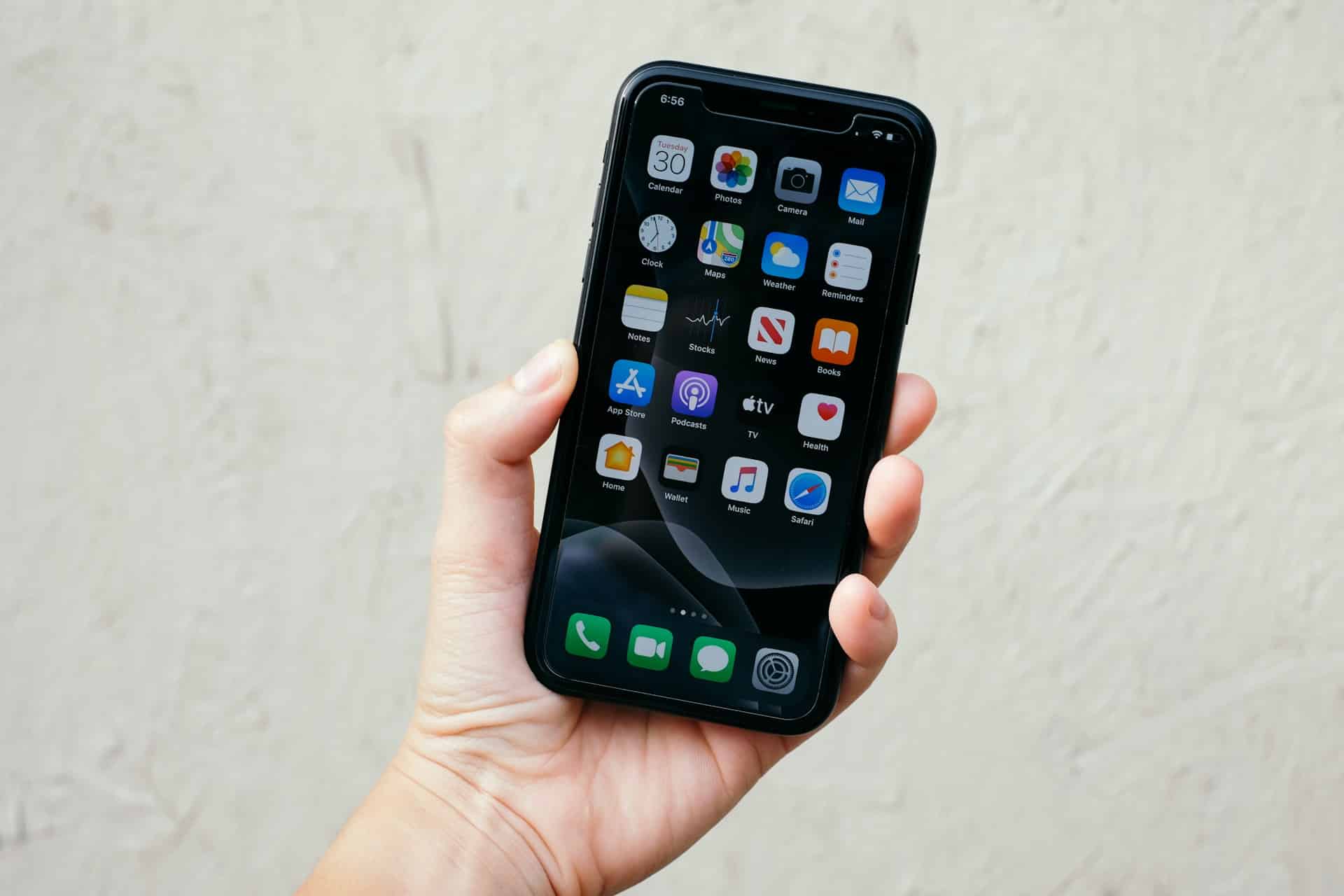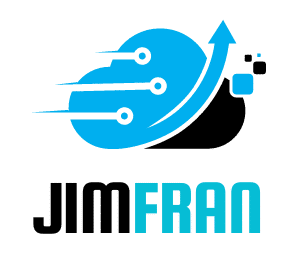How to Use Geofencing on Your Smartphone for Custom Notifications and Alerts?

Welcome to the fascinating world of geofencing. This technology, although it may sound complex, is fairly simple and can be an astoundingly effective tool for both individuals and businesses. In essence, geofencing enables you to create a virtual boundary around a certain geographical area, and then set up triggers that activate when a device enters or leaves the specified area. This opens up plenty of opportunities for custom notifications and alerts on your smartphone. Whether it's a reminder to buy milk when you pass the grocery store, or a promotional offer from a favorite restaurant as you walk by, geofencing holds immense potential for making your life easier and more convenient.
The Science Behind Geofencing
Geofencing is a technology that combines the user's location data with software to perform specific tasks based on the geo-location of a device. It's not magic, but the results can often feel quite magical. Here's a simplified explanation of how it works.
A lire également : What Are the Effective Methods to Integrate Smart Home Devices for Unified Control?
To start with, your smartphone or mobile device is constantly sending and receiving data about your location. This is done through GPS (Global Positioning System), Wi-Fi, or cellular data. This location data is what the geofencing app uses to determine when your device enters or leaves a designated geofence area.
Once a geofence is set up, the real magic happens at the intersection of location data and programming. When your device crosses the boundary of the geofence, it triggers a predefined action in the app. This could be anything from a reminder alert to a marketing push notification.
Cela peut vous intéresser : What Are the Steps to Create a Custom Smart Home Automation Routine Using Your Smartphone?
Setting Up Your Geofence
Setting up a geofence on your smartphone is easier than it sounds. The first step, of course, is to select an app that supports geofencing. Several apps offer this functionality, including popular ones like Google Maps, Apple's Find My, and specialized task management apps.
Once you've chosen an app, you'll need to enable location services. This allows the app to access your device's location data. From there, you can define the geofences you'd like to set up. This is typically done by selecting a location on a map and specifying a radius for the geofence. The size of the radius can vary based on your requirements, but it generally ranges from a few meters to several kilometers.
After setting the location and radius, the next step is to define what happens when you enter or leave the geofence. This is where you can get creative and tailor the alerts and notifications to your needs.
Benefits to Your Business
Geofencing isn't just for individuals. Businesses of all sizes are quickly realizing the potential of this technology in reaching their customers more effectively. When used correctly, geofencing can revolutionize the way a business interacts with its customers.
Imagine a customer who has installed your business app on their smartphone. When they walk within a few meters of your store, a push notification pops up offering them a special discount. This form of location-based marketing is not just personalized, but also timely, making it highly effective.
Moreover, geofencing isn't limited to sending promotions. Businesses can use it to gain valuable insights into customer behavior. For example, by setting up geofences around competitors' stores, businesses can determine when their customers visit competitors and adjust their strategy accordingly.
Privacy Matters
There's no denying that geofencing is powerful, but with great power comes great responsibility. The utilisation of location data raises legitimate concerns around privacy and data security. It's crucial that businesses and app developers who leverage geofencing are transparent about their data usage and respect user privacy.
From a user's perspective, it's important to be aware of which apps have access to your location data and understand how they're using it. Most smartphones allow you to control which apps have access to your location data, and you can usually specify whether they can access it all the time, only while the app is in use, or not at all. By being cautious and informed, you can enjoy the benefits of geofencing without compromising your privacy.
From harnessing the power of location-based notifications to enhancing business marketing strategies, the applications of geofencing technology are vast and promising. So, why not take advantage of this technology and explore its potential? Surely, your smartphone is already a powerful tool, but with geofencing, it just got even smarter.
Geofencing Applications for Different Industries
The versatility of geofencing technology makes it applicable across a broad range of industries. From retail to real estate, transportation to tourism, healthcare to hospitality, the possibilities are endless. Let's explore some of these applications.
In retail, businesses can use geofencing to send location-based notifications and promotional deals to customers as they enter a specific geographical area, such as a shopping mall. This can encourage impulse buying, drive foot traffic to stores, and improve customer loyalty. For instance, a fashion retailer could send a push notification about a sale event to customers as they walk past their outlet.
Real estate professionals can make use of geofencing apps to provide potential buyers or renters with information about properties within their current locale. When a user enters a geofenced area with properties for sale or rent, the app can send property details, open house alerts, or contact information for real estate agents.
In the realm of transportation and logistics, geofencing can be used to monitor the movement of vehicles and personnel. For instance, a delivery company can use geofencing to send alerts when a package is about to arrive or when a driver deviates from a designated route.
Healthcare providers can use geofencing to enhance patient care. For example, a hospital can set up a geofence around its premises to alert staff when a patient with Alzheimer's or other cognitive disorders wanders off. Similarly, health and fitness apps can use geofencing to remind users to engage in exercise or take medication when they enter or leave certain locations.
Finally, in the tourism and hospitality industry, businesses can use geofencing to provide tourists with relevant information and offers. For example, a city tourism app can send notifications about nearby attractions, historical facts, or restaurant recommendations based on a user's location.
In conclusion, geofencing is a powerful tool that offers a plethora of benefits to both individual smartphone users and businesses. With its ability to deliver custom notifications and alerts based on location data, geofencing can drastically enhance the functionality of your apps, boost your business, and simplify your life.
However, as with any technology that involves personal data, it's vital to handle geofencing responsibly. Adhering to privacy standards, being transparent about data use, and giving users control over their location data are not only ethical practices but could also contribute to earning users' trust and loyalty.
As technology continues to advance and evolve, geofencing technology is likely to become even more integral to our daily lives. So, whether you're a business owner looking for innovative ways to reach your customers, or an individual user trying to make the most of your smartphone, it's a good time to embrace geofencing.
In the future, we might see even more sophisticated applications of geofencing technology, such as integration with virtual reality and augmented reality or more advanced location-based services. The possibilities are exciting and, as always, the future is in our hands. Remember to explore, experiment, and most importantly, to enjoy the journey.
To stay updated on the latest trends and insights in geofencing and other emerging technologies, bookmark this page, subscribe to our RSS feed, or follow us on your favorite social media platform. Together, let's navigate the thrilling landscape of digital innovation.
